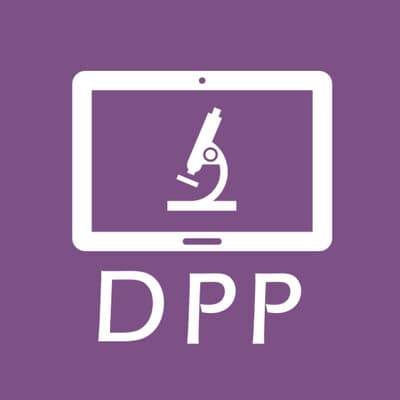Miscellaneous
This episode is brought to you by Visiopharm.After experimenting with multidimensional, multimarker, and multicolor single-cell imaging modalities during his postdoc at Beth Israel Deaconess Medical Center in Boston, looking at 2D images of tissue stained just with hematoxylin and eosin (H&E) seemed to him a bit simplistic…and then he was tasked with doing tissue image analysis (IA). When relying just on H&E, IA can be a very challenging task. So, to both simplify it and extract more information from the tissue, multiplex staining can be implemented. In this three-part episode miniseries Regan Baird, Ph.D., scientific sales manager at Visiopharm introduces us to the concepts of multiplexing and cell phenotyping as well as to image analysis approaches relevant for multiplex data analysis.Multiplexing in the context of life sciences is referred to as taking multiple measurements at the same time on the same specimen. With tissue slides the easiest method of multiplexing is immunohistochemistry (IHC) based virtual multiplexing where consecutive sections of tissue are stained with a single IHC marker and later each slide is imaged and co-registered to simulate the presence of several IHC markers in the tissue of interest. More complicated, but more precise methods allowing for visualizing cellular colocalization of biomarkers include multicolor bright field IHC (visualizing up to five biomarkers per tissue but colocalizing reliably a maximum of only two biomarkers per cell), immunofluorescence (IF) potentially with spectral unmixing, to increase the number of biomarkers per tissue section as well as per cell to nine, and imaging mass cytometry where instead of chromogens or fluorophores heavy metals are used, which increases the number of biomarkers up to 60 in a single section of tissue.All these multiplex modalities have their advantages and disadvantages, and the choice of the appropriate method should be guided by the design of the experiment as well as scientific and/ or diagnostic questions we want to address.For example, currently a widely used application of IF multiplexing is phenotyping cells in the tissue. This not only allows for the characterization of single cells but also lets us interrogate and investigate spatial relationships between different cell populations giving us information about the interactome of different cells and the environment in which they live. To learn more about phenotyping join us for the next episode of the Multiplexing Miniseries next week.This episode’s resources:Multiplexing mini-series Part 2: How to make sense of multiplex data with phenotyping? (part 2) w/ Regan BairdVisiopharmTop 20 Pathology podcasts you must follow in 2021

